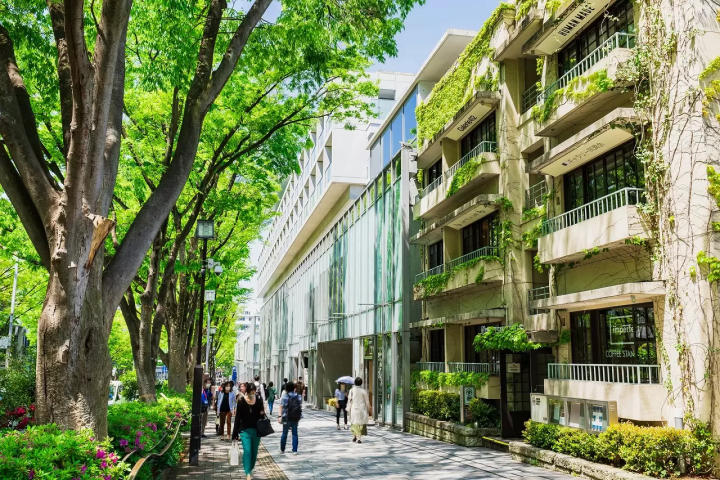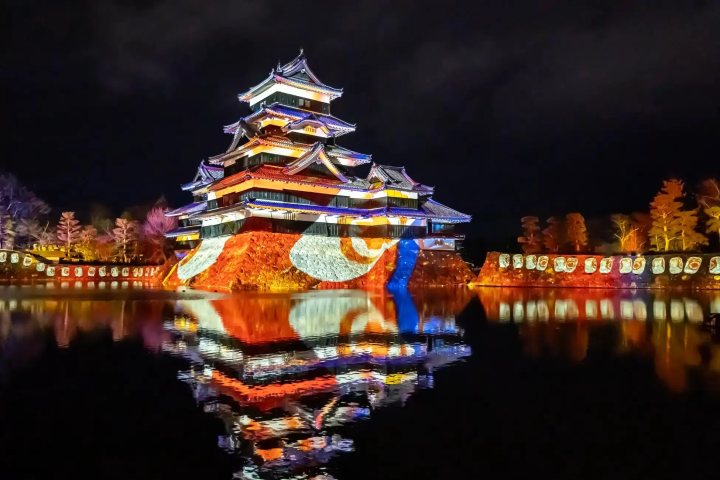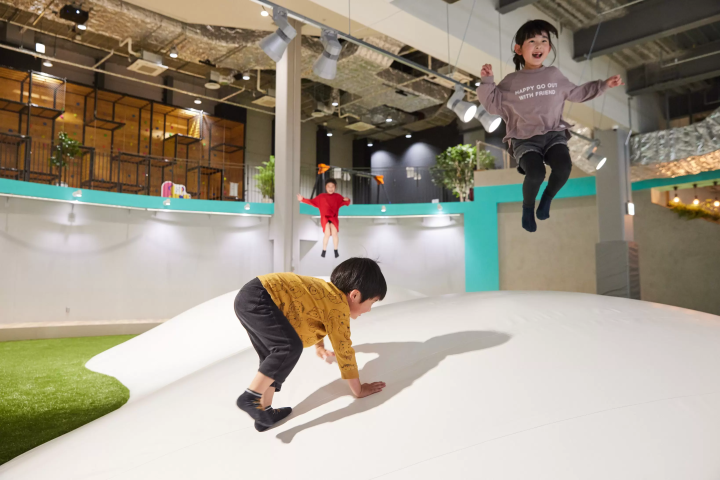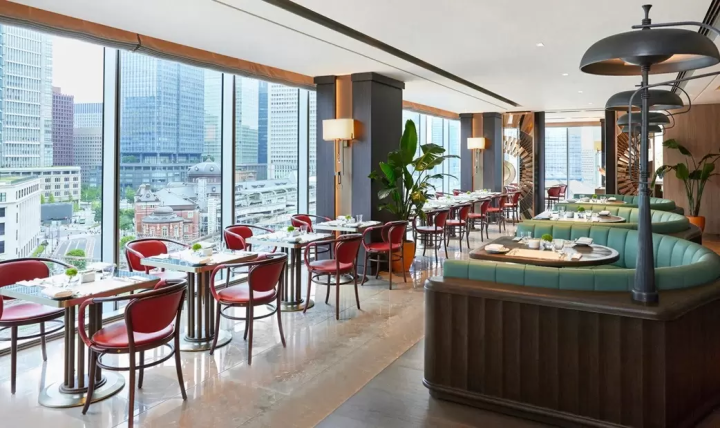Kaleidoscope Mukashi-Kan In Tokyo - A Specialty Shop Full Of Charm

Kaleidoscope Mukashi-Kan is located in Tokyo's Azabu-juban area. It is one of Japan's rare kaleidoscope specialty shops and you can find here amazing creations by Japanese and American artists. Welcome to the mesmerizing world of ”beautiful things”!
A fortune teller told Miti Araki, the owner of the Kaleidoscope Mukashi-Kan, before her faithful encounter with kaleidoscopes, that she would be ”dealing with beautiful things” as her job.

In 1994, she incidentally discovered a kaleidoscope shop in New York and she was enthralled. As if pulled by an invisible thread, she met Cozy Baker, the president of the Brewster Society, a community of kaleidoscope enthusiasts named after Sir David Brewster, the inventor of kaleidoscopes. She became a member of the Brester Society, being the only Japanese and Asian member at that time. She also met three American kaleidoscope artists: Charles Karadimos, Sherry Moser and Johanna Jacobs.
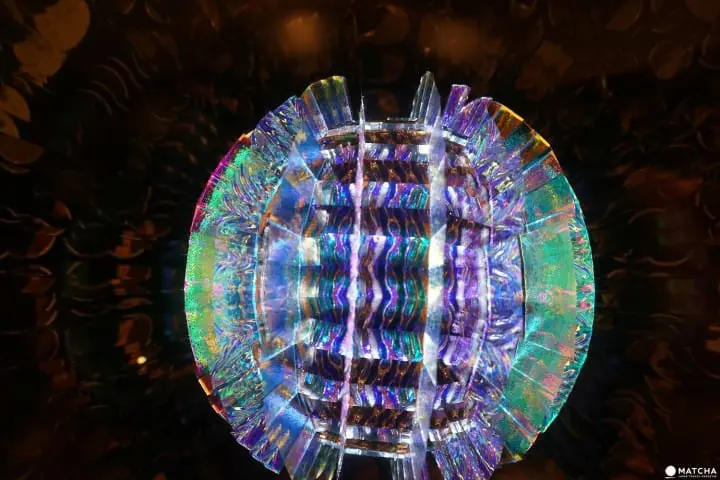
Interestingly, the British mathematician and optics physicist David Brewster named kaleidoscopes after the Greek word for “seeing beautiful things”.
The Beginnings of Kaleidoscope Mukashi-Kan
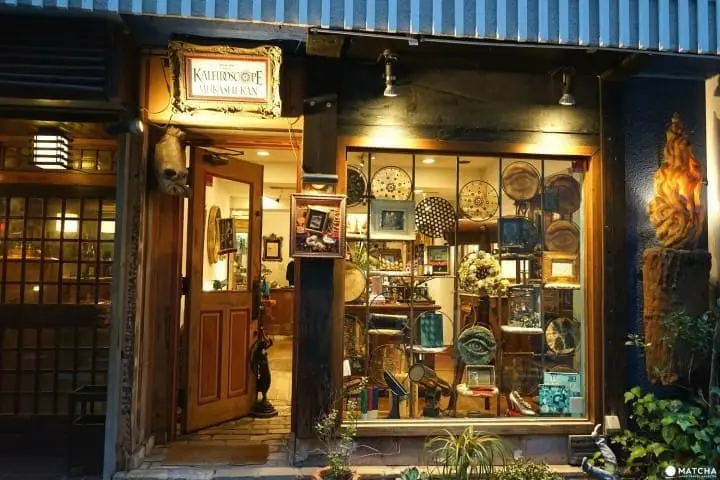
Miti Araki started her own kaleidoscope shop in Tokyo's Azabu-Juban area in 1994 with less than one hundred items made by American artists. It was the first kaleidoscope specialty shop in Japan.

In the first year after the opening, the shop had few customers and those who visited her were mostly wealthy gentlemen who could appreciate the luxury of owning kaleidoscopes. Gradually, the fans of kaleidoscopes increased. The shop was introduced in the media and people started to come early in the morning waiting in line for the shop to open.
Now she has over 300 kaleidoscope collections in the shop, with more than 500 various kinds in the inventory. The items are produced mainly by American and Japanese artists.
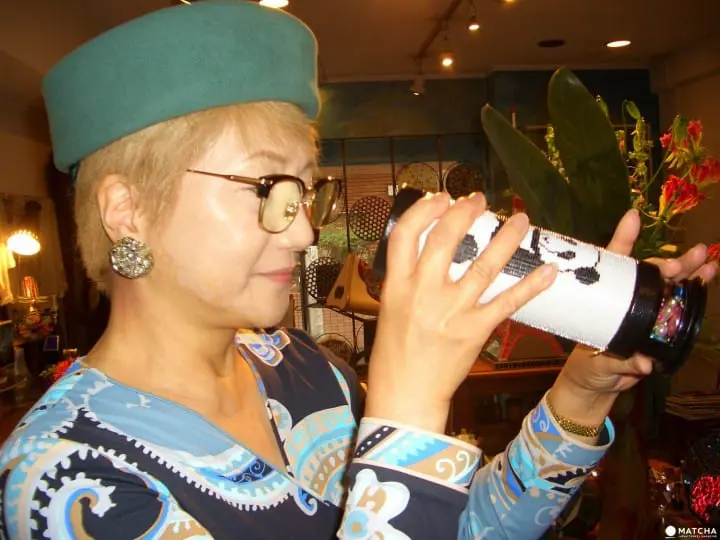
In fact, Miti did her best to foster Japanese artists. After two years since the opening of the shop, she received the visit of people who wanted to become kaleidoscope artists. She currently works with five Japanese artists.
”American artists and Japanese artists create kaleidoscopes differently”, she says. It seems that, while the American kaleidoscopes tend to be dynamic and with very creative concepts, the Japanese artists tend to create very elaborate and refined kaleidoscopes.
Kaleidoscopes Made with Japanese Porcelain
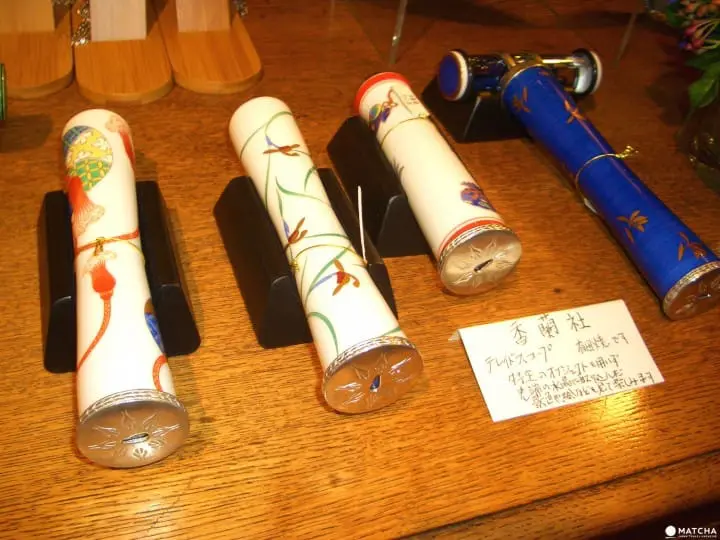
One such experimental type of kaleidoscopes made exclusively by Japanese artists is the Arita porcelain (*1) kaleidoscope series. The collaboration between kaleidoscope artists Koji Yamami and Teruko Tsuji and Arita porcelain artisans lead to the creation of these unique kaledoscopes only available in Miti’s shop.
*1...Arita porcelain: a type of porcelain originating in Arita, a town Saga prefecture.
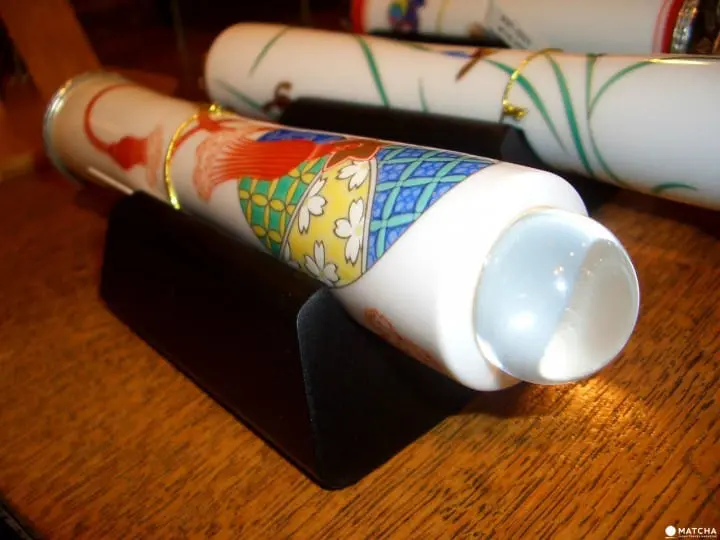
Take this Arita kaleidoscope made by Ko Ran Sha Kiln, for example. Its special feature is the pattern printed on the surface of the porcelain. The drawing is extremely elaborate and delicate against the background of the white porcelain. The top crystal portion captures the outer scenery into the world of the kaleidoscope creating a special pattern. Called ”teleidoscope”, this device shows a breathtakingly beautiful version of the outside world.
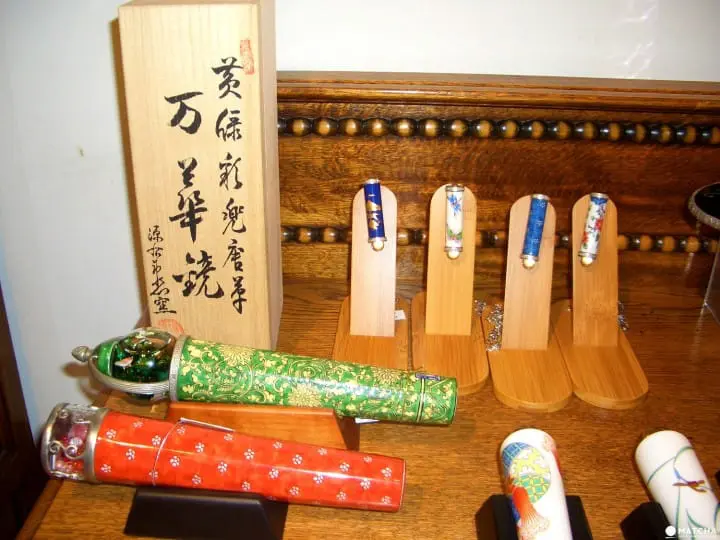
The Koimari porcelain made at the Gen-Uemon Kiln is ceramic painted by brush. The green one is an ”oil chamber scope”, showing images that move slowly and elegantly, while the orange one is a dry chamber scope.
The Arita porcelain kaleidoscopes are sold in a paulownia wooden box. You can find more details on their Arita kaleidoscopes at Mukashi-Kan's online shop.
Make Your Own Kaleidoscope! The Kaleidoscope Workshop
You can enjoy collecting kaleidoscopes but if you are interested in making one by yourself, Miti’s shop offers kaleidoscope workshops twice a month, on the first and third Saturdays, from 13:00 to 16:00. English guidance is available upon request. (Reservation is required.)
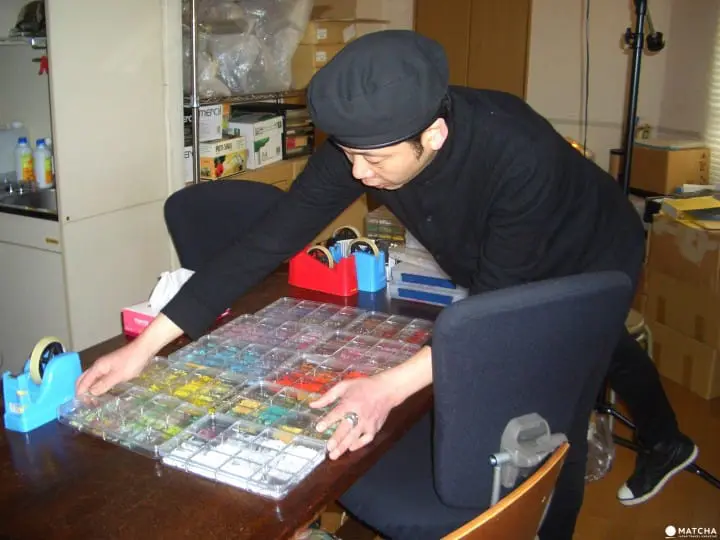
The minimum number of participants is three and the maximum is six for the kaleidoscope workshop. The participation fee of 10,800 yen includes the materials and taxes. For bookings, you can reach Kaleidoscope Mukashi-Kan at the telephone number +81-3-3453-4415.
Currently, the workshops for the next two months are fully booked, but don’t give up!
When the queen of Bahrain visited Kaleidoscope Mukashi-Kan, Her Heighness also learned how to make a kaleidoscope at this workshop.
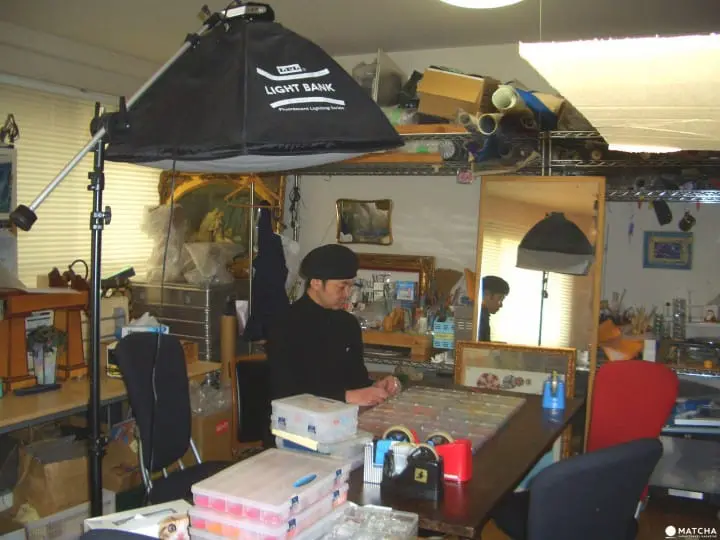
This is how the kaleidoscope workshop area looks like.
Unique Items Available at Kaleidoscope Mukashi-Kan
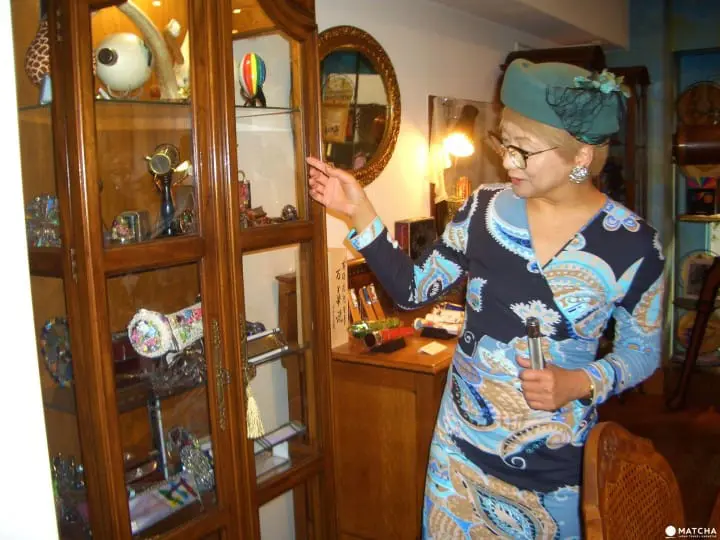
Miti kindly showed us some of the unique kaleidoscopes in her collection.
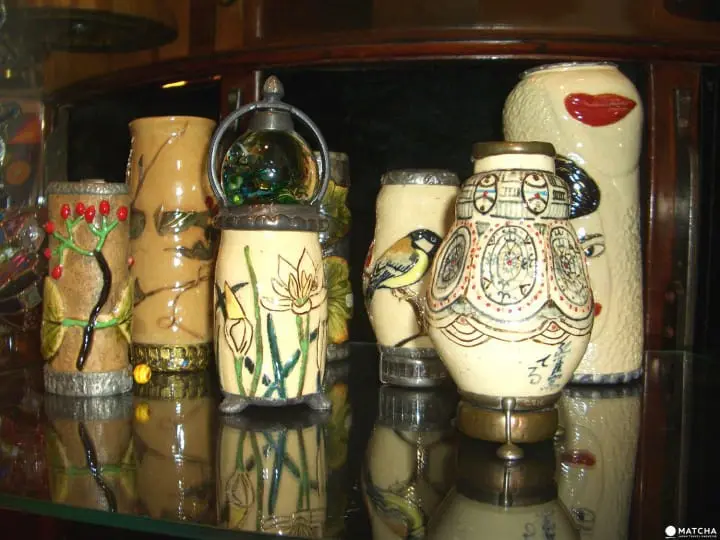
Pottery artist Teruko Tsuji, whose works can be seen in the picture above, collaborated with the American kaleidoscope artist Charles Karadimos in 1995 to create some unique items. Two of their kaleidoscopes were presented to the Emperor and Empress. Empress Michiko is said to be a great fan of kaleidoscopes ever since.
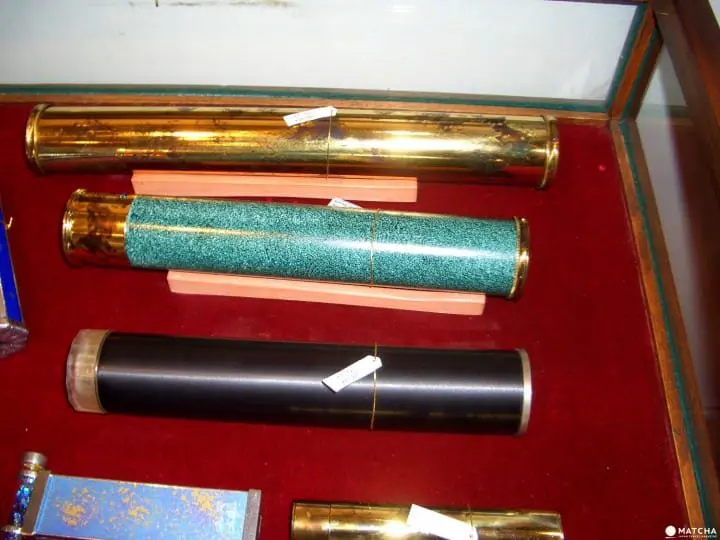
These are kaleidoscopes made by French artists. You can notice rigt away that they are slightly different from the American and Japanese items. You should observe their feature with your own eyes!
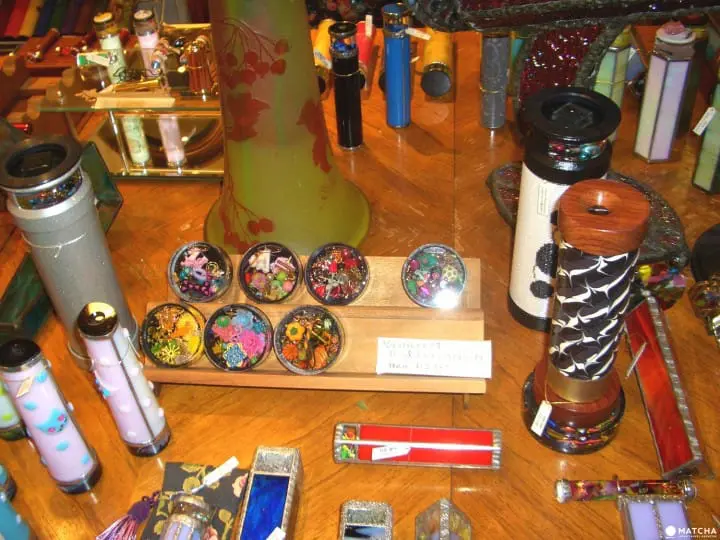
As you can see, kaleidoscopes come in all shapes and sizes.
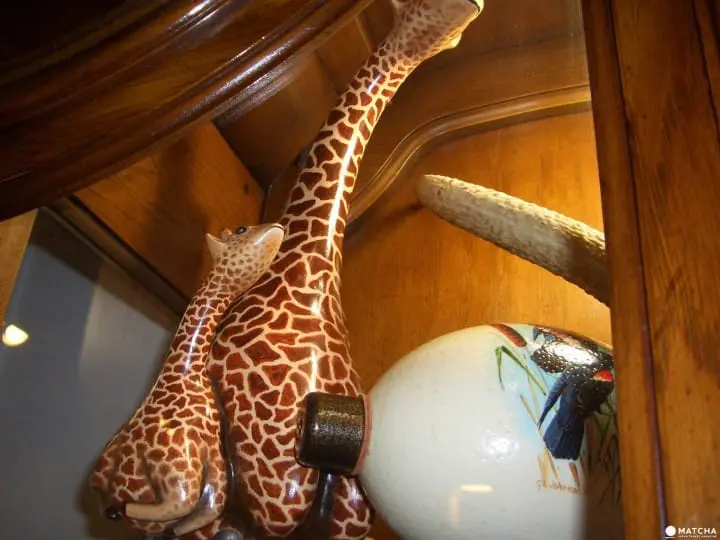
A giraffe kaleidoscope!
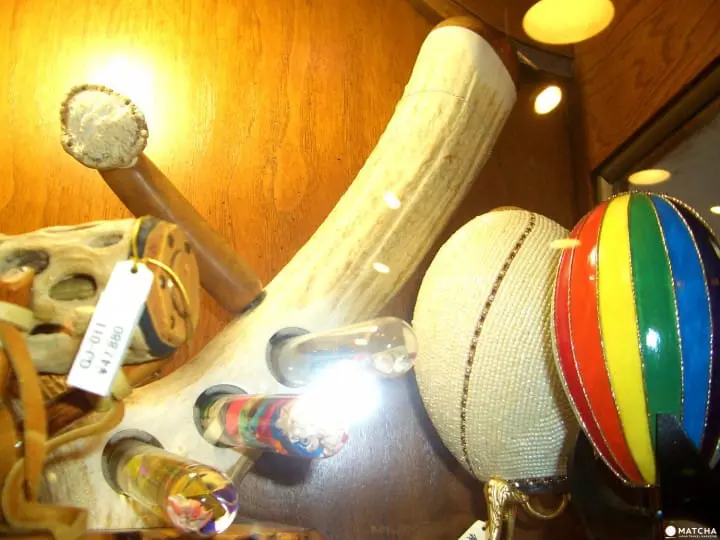
And one made with horns!
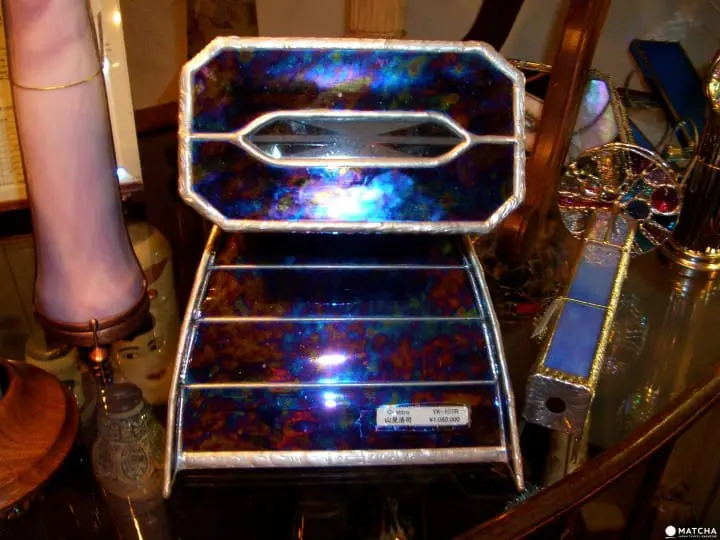
This kaleidoscope costs 1,000,000 yen! It is a true work of art.
In Closing
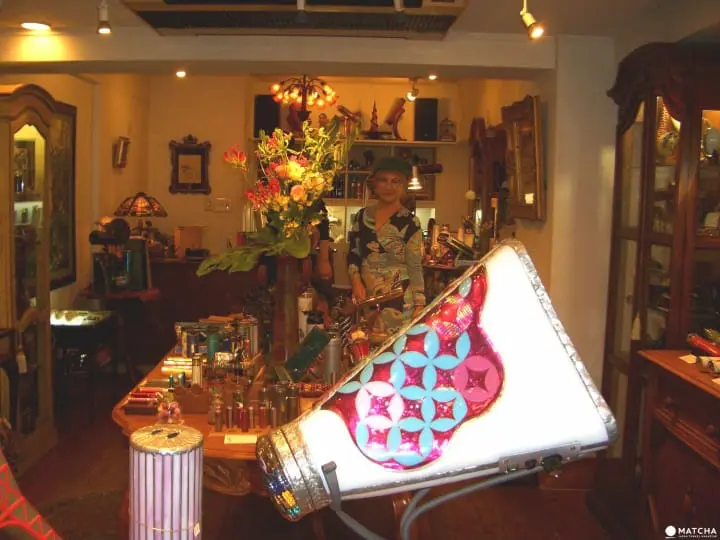
Kaleidoscope Mukashi-Kan is the only kaleidoscope specialty shop in Japan and maybe in the world in terms of quantity and quality. It is worth visiting it to see various kinds of kaleidoscopes that will invite you into a world of fantasy. Not to mention that a kaleidoscope would be a wonderful souvenir for a dear person or for yourself.
Lived in India, France, Russia and Thailand. Worked at American Companies. Now a writer and entrepreneur.









